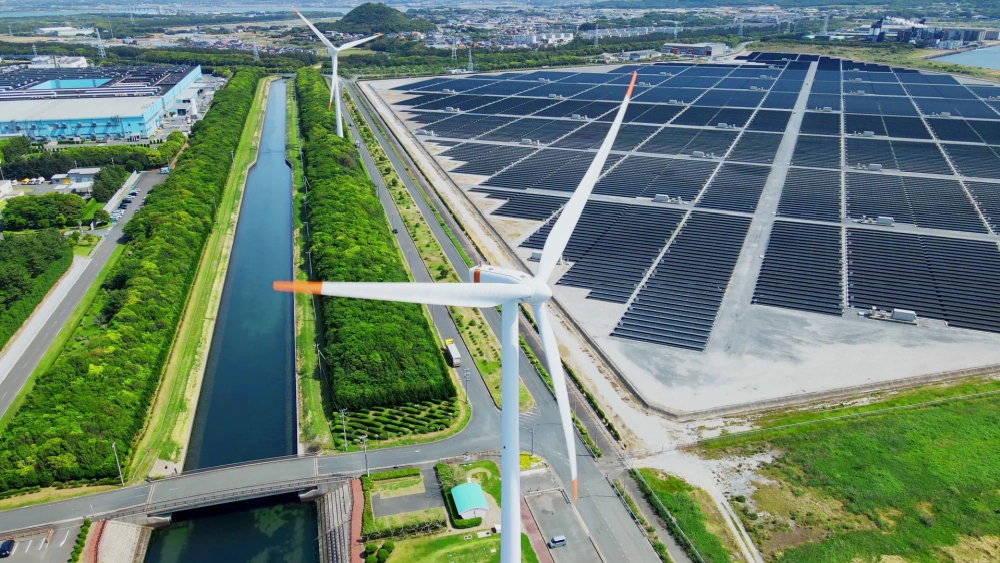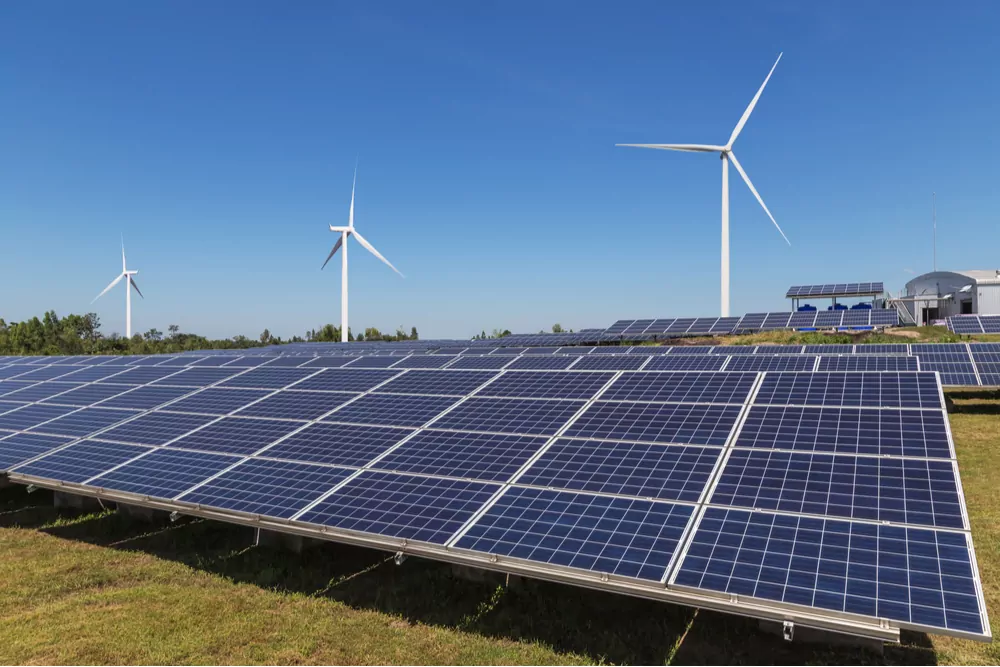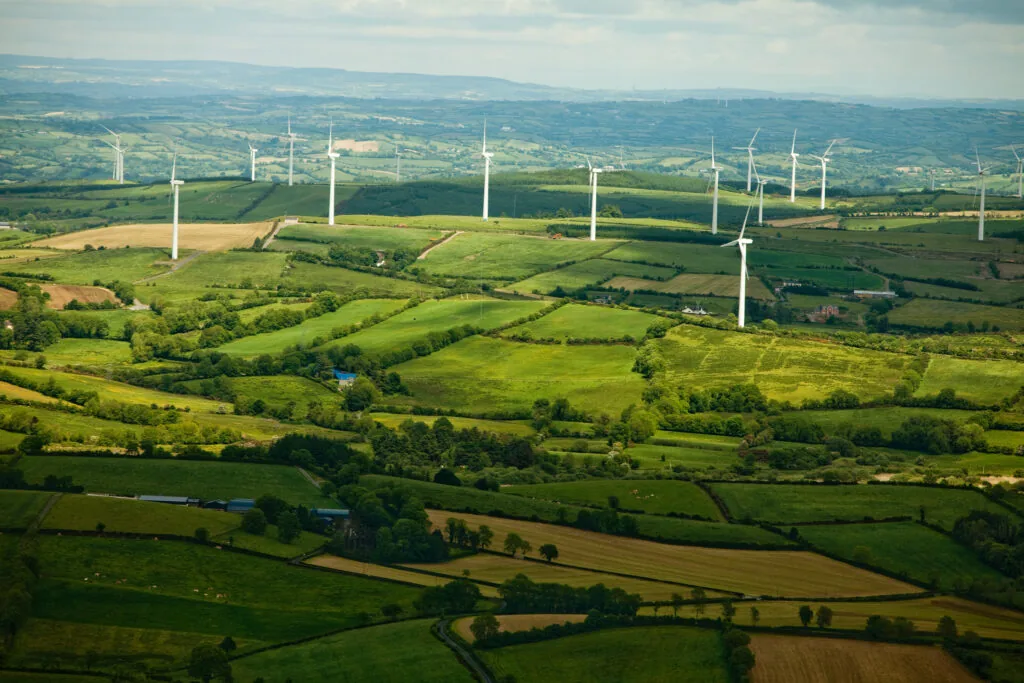Reduction of energy demand
Reduction of energy demand at residential and commercial level is a low-hanging fruit in achieving the Government’s decarbonisation ambitions; yet little emphasis has been placed on measures that would achieve such reduction. Notably a number of measures recommended by think tank E3G (including the recommendation to bring forward the Future Homes Standard to 2023) have not found their way into the strategy.













